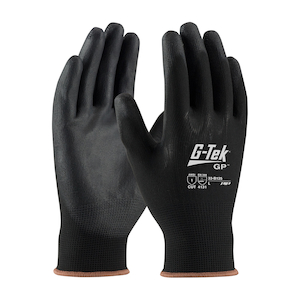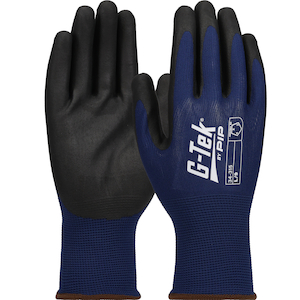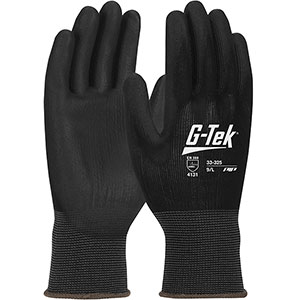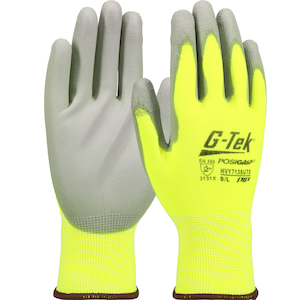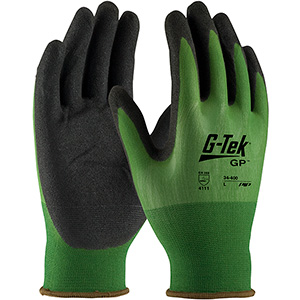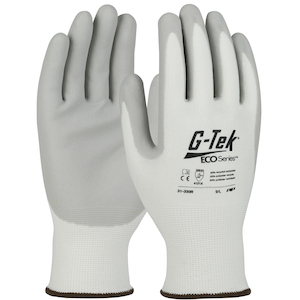
-
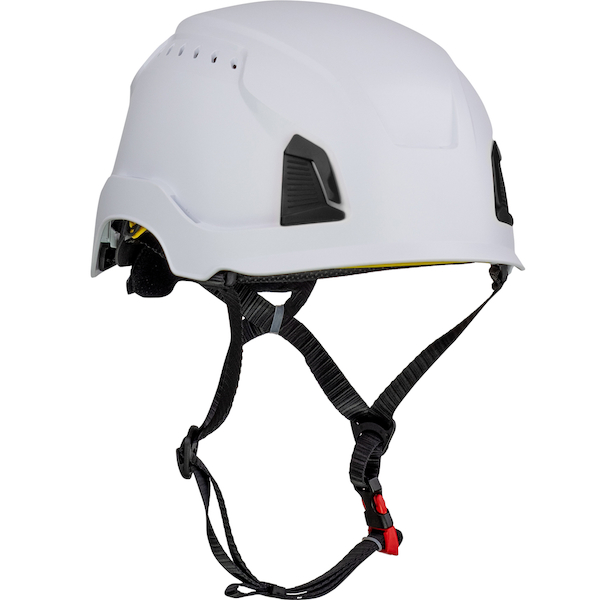 Safety HelmetsTraverse™280-HP1491RVM
Safety HelmetsTraverse™280-HP1491RVM
-
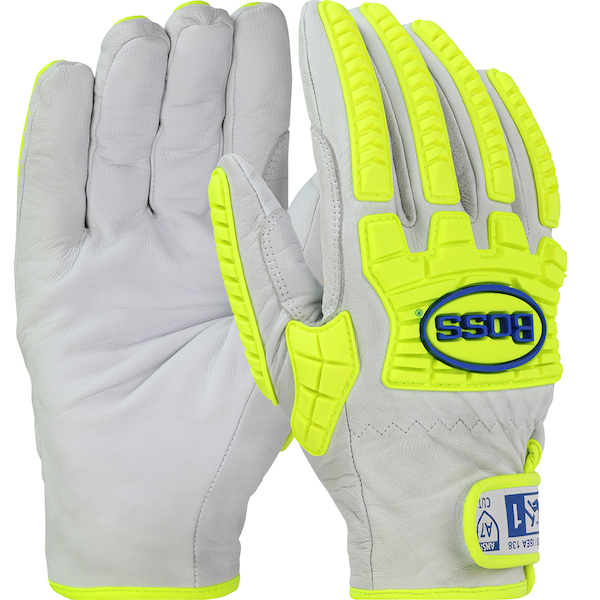 Hi Performance GloveBoss®9916
Hi Performance GloveBoss®9916
-
 Safety HelmetsKilimanjaro™280-HP642R-CH
Safety HelmetsKilimanjaro™280-HP642R-CH
-
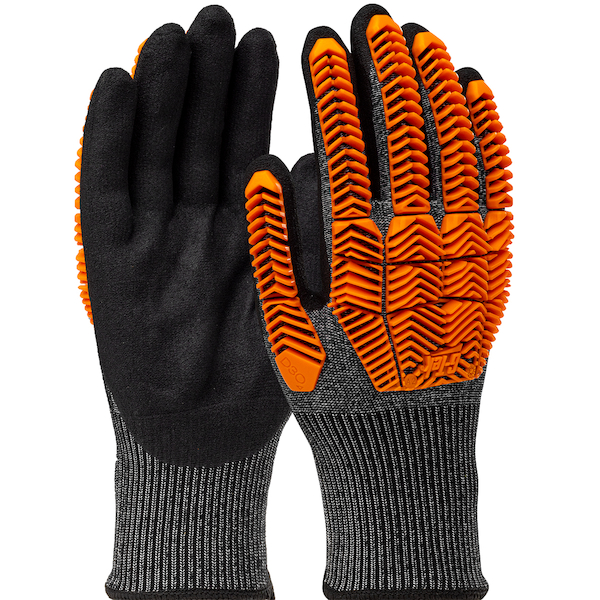 Hi Performance GloveG-Tek® PolyKor®16-MPT630
Hi Performance GloveG-Tek® PolyKor®16-MPT630
-
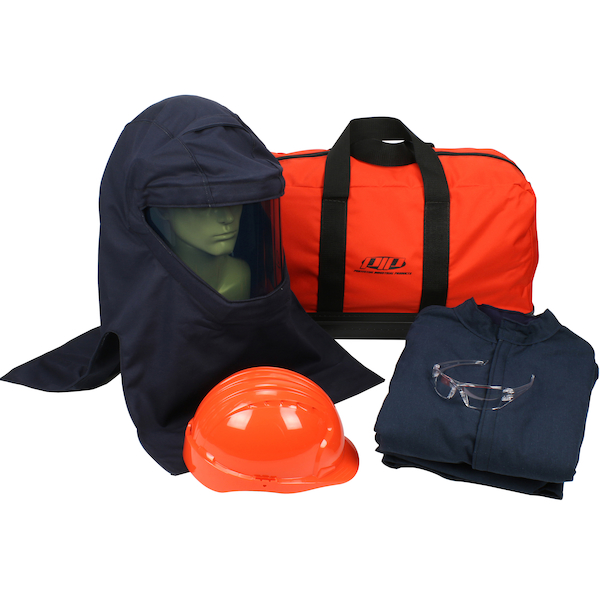 Arc Protection KitsPIP®9150-52436
Arc Protection KitsPIP®9150-52436
-
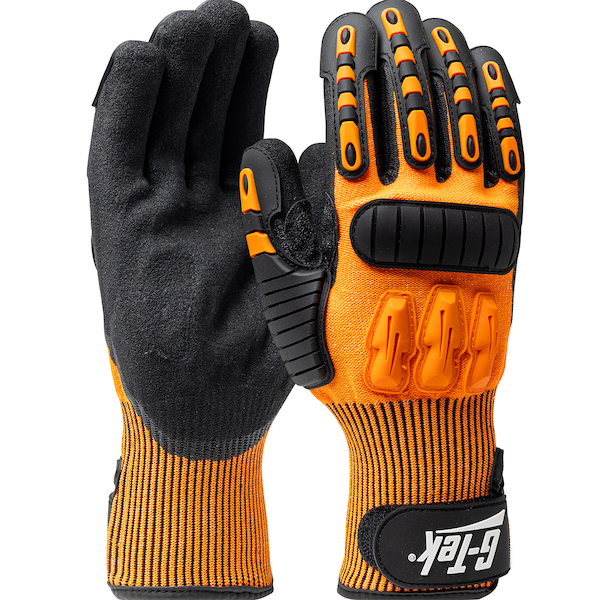 Hi Performance GloveG-Tek®120-5150
Hi Performance GloveG-Tek®120-5150
-
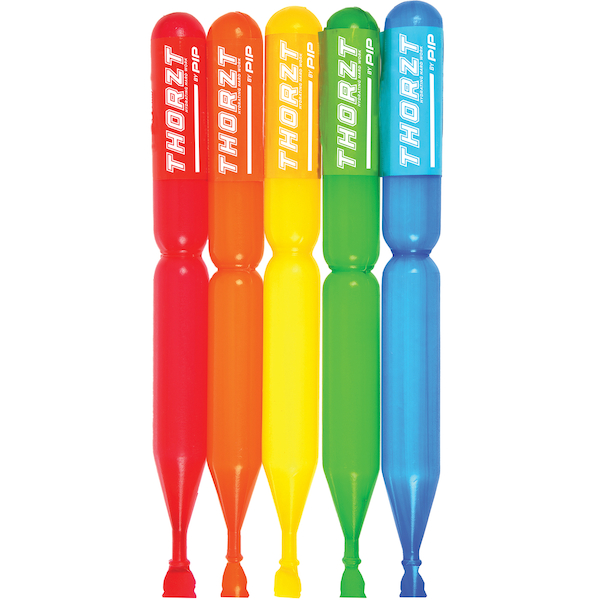 HydrationTHORZT™ICEMIX
HydrationTHORZT™ICEMIX
-
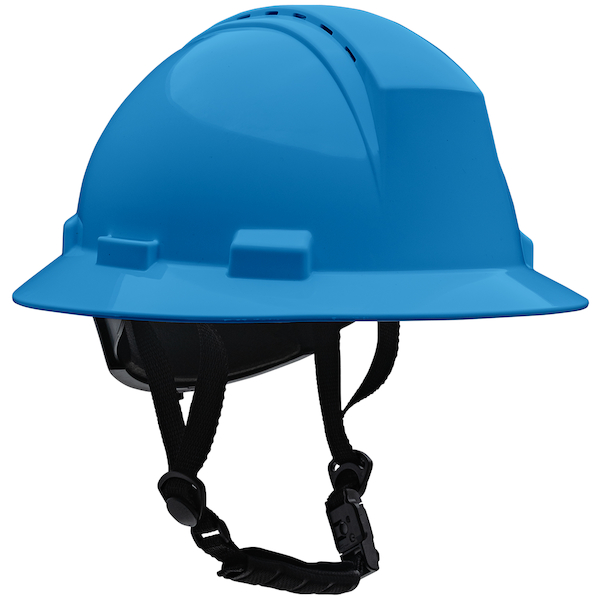 Safety HelmetsKilimanjaro™280-HP642RV-CH
Safety HelmetsKilimanjaro™280-HP642RV-CH
-
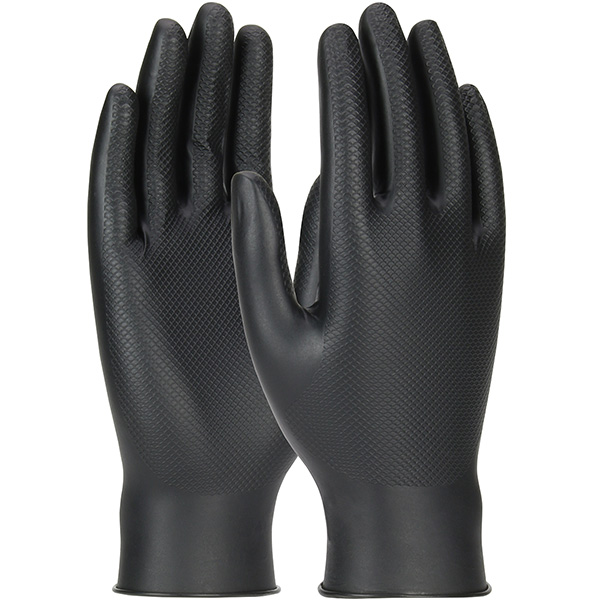 Extended Use Disposable GlovesGrippaz™ Skins67-246
Extended Use Disposable GlovesGrippaz™ Skins67-246
-
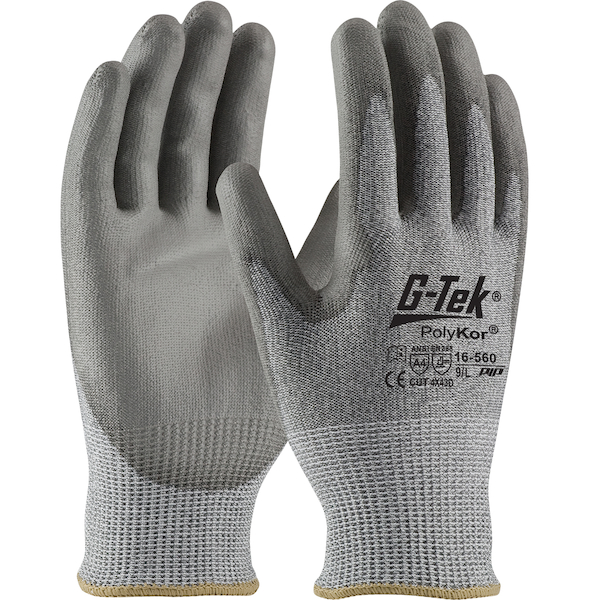 Cut Resistant GlovesG-Tek® PolyKor®16-560
Cut Resistant GlovesG-Tek® PolyKor®16-560
-
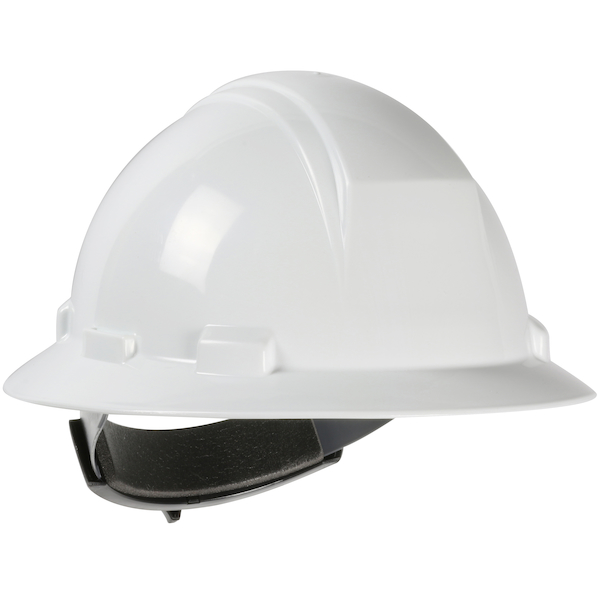 Hard HatsKilimanjaro™280-HP642R
Hard HatsKilimanjaro™280-HP642R
-
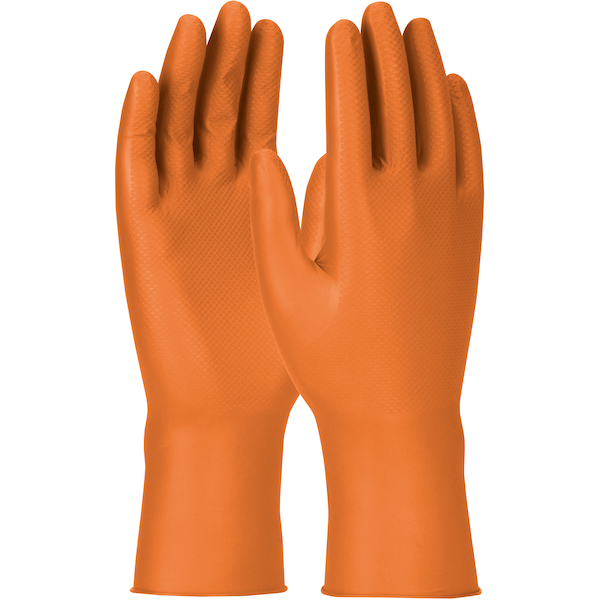 Extended Use Disposable GlovesGrippaz™ Engage67-307
Extended Use Disposable GlovesGrippaz™ Engage67-307

















